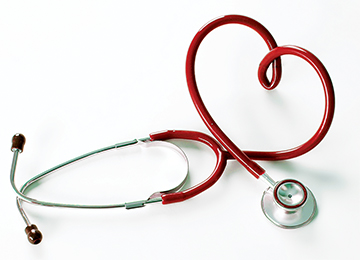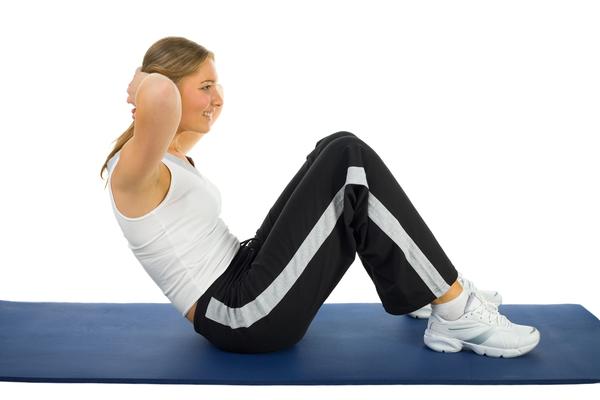 Cindy Richards, the editor of BC/BSIL LifeTimes shared that every 43 seconds, someone in the United States has a heart attack, the majority of them for the first time; 117,000 of those people will die as a result.
Cindy Richards, the editor of BC/BSIL LifeTimes shared that every 43 seconds, someone in the United States has a heart attack, the majority of them for the first time; 117,000 of those people will die as a result.
But it doesn’t have to be that way.
Your chances of surviving a heart attack increase if you can be treated as quickly as possible, says the U.S. Centers for Disease Control and Prevention. Yet, in a 2005 survey, most people recognized only one symptom – chest pain – as a sign of a heart attack. Just 27 percent were aware of all of the potential symptoms.
A heart attack occurs when the flow of oxygen-rich blood to a section of the heart is cut off. If the blood flow isn’t restored quickly, the heart muscle begins to die, leading to coronary heart disease, the No. 1 cause of death in American men and women.
According to the National Heart Attack Alert Program, you should call 9-1-1 immediately if you or someone near you is experiencing:
- Chest pain or discomfort. Most heart attacks involve discomfort in the center or left side of the chest that lasts for more than a few minutes, or that goes away and comes back. The discomfort can feel like uncomfortable pressure, squeezing, fullness, or pain.












